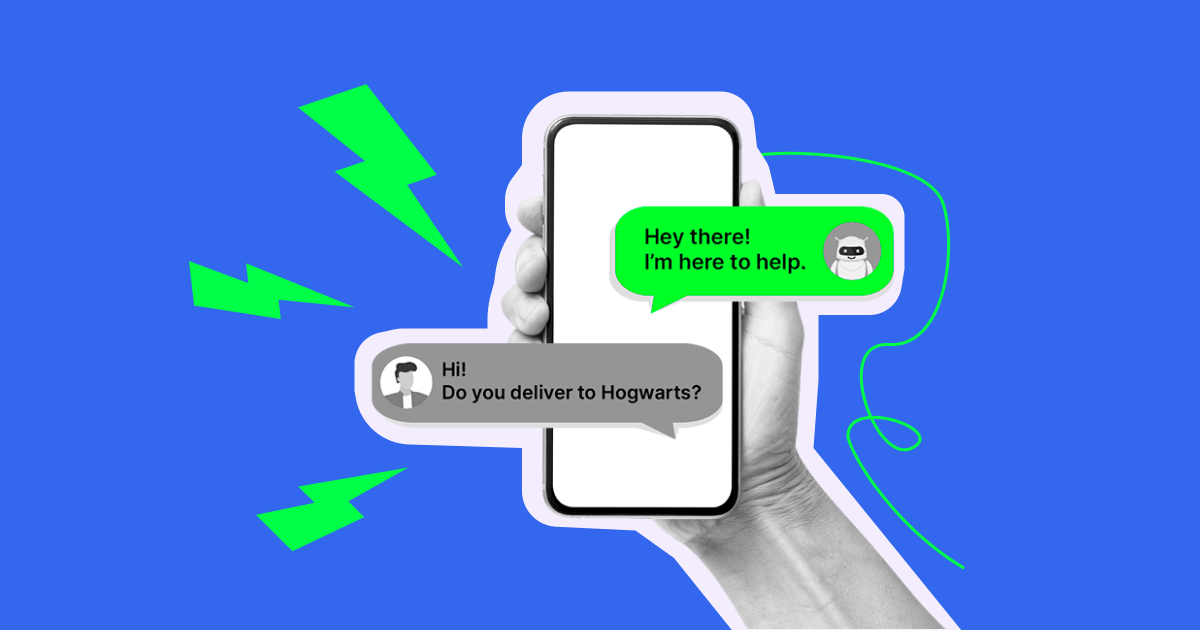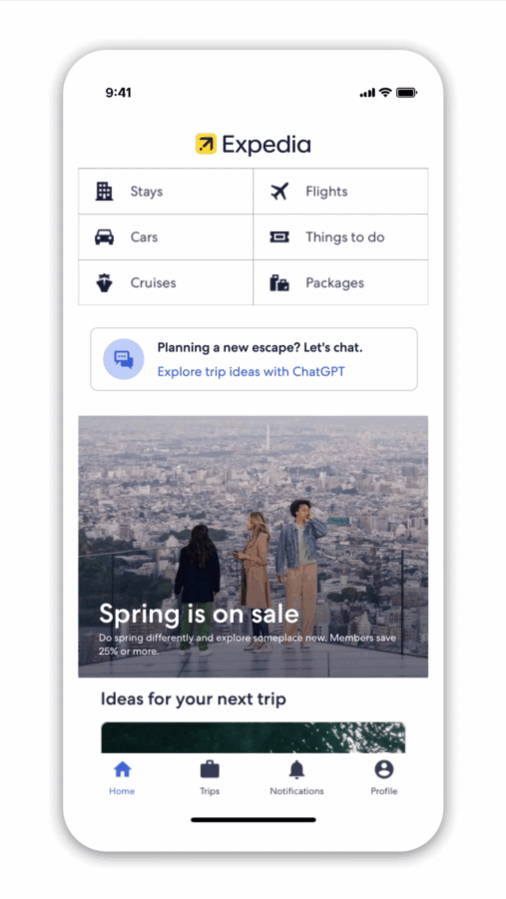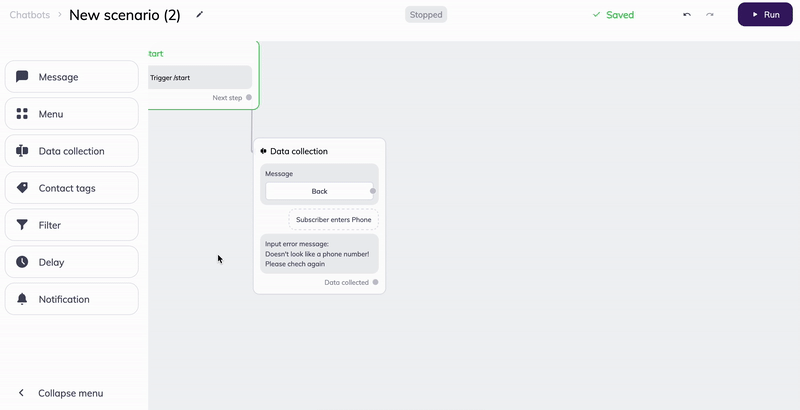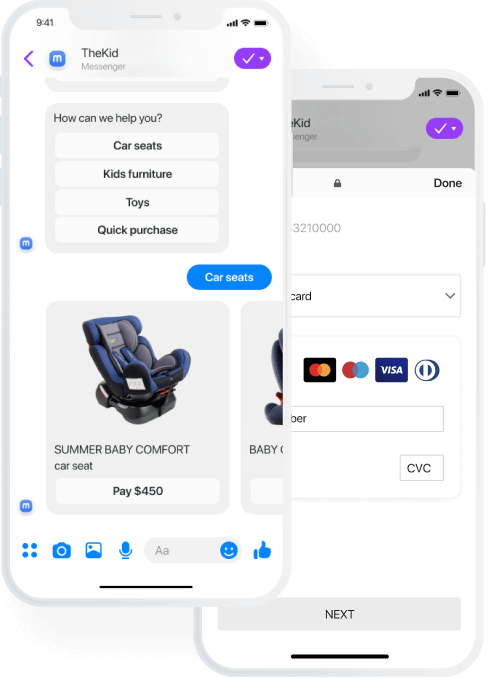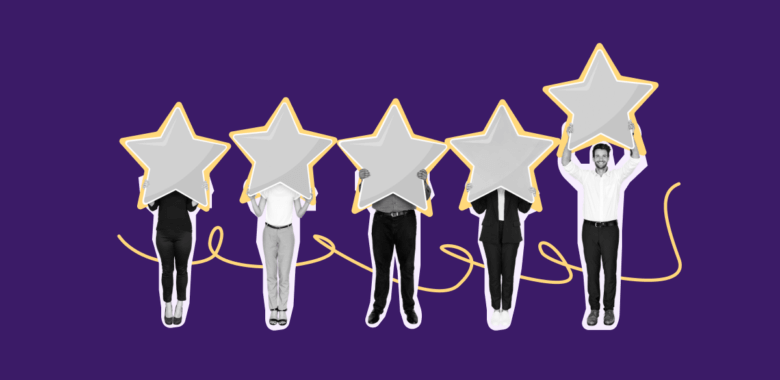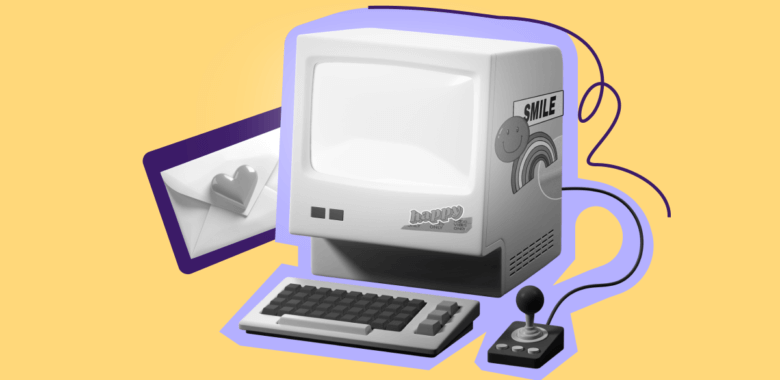What is a chatbot?
A chatbot is a computer program or an artificial intelligence (AI) system designed to simulate a human conversation. They are typically used in various applications to interact with users through text or speech in a natural language, providing information, answering questions, and performing tasks.
Do not confuse chatbots with malware. Bots, as an entity, have got a bad reputation for being used in hacker attacks. Chatbots are merely tools to facilitate communication between businesses and customers. For the sake of brevity, chatbots are often called bots too.
Microsoft researcher Jonathan Grudin divides all chatbots into three major categories: task-focused, intelligent assistants and virtual companions.
| Capabilities | Used in | Example | |
| Task-focused | Limited | Ecommerce, digital marketing | Facebook bot for a pizza company |
| Intelligent assistant | Average to impressive | Mobile phones, banking | Siri, Alexa, Google assistant |
| Virtual companion | A+ | Psychotherapy, AI research | Cleverbot, ELIZA |
The majority of businesses only ever use task-focused chatbots, so we’ll be covering mainly them in this article.
